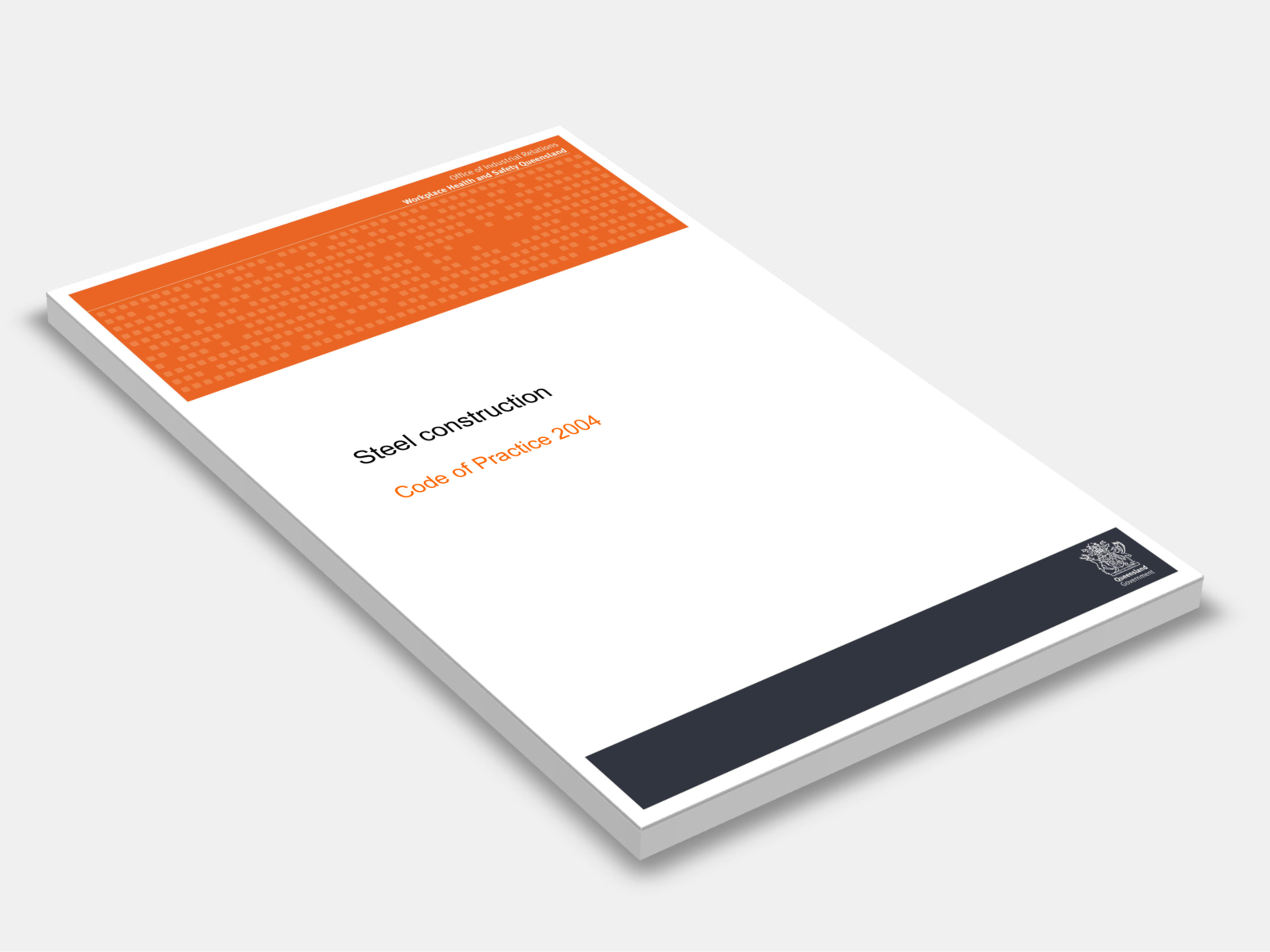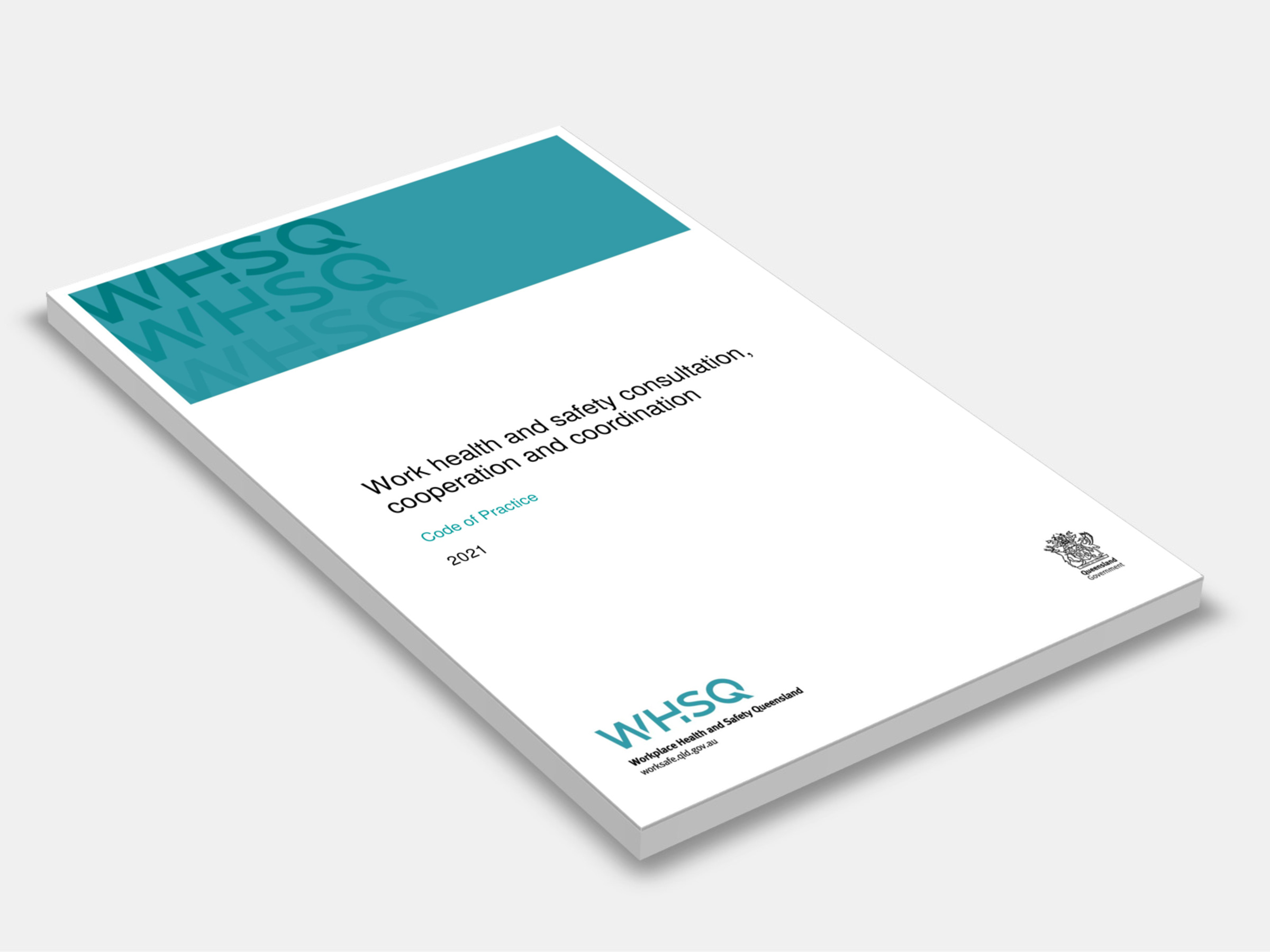
Type
Publisher
Standards Australia
Publisher
Standards Australia
Version:
Third Edition 1989.
(Available Superseded)
Short Description
Sets out requirements for establishing the minimum dead and live loads in the structural design of buildings and structures. This edition is presented in limit states format. A new section on load combinations has now been included.

Type
Publisher
Standards Australia
Publisher
Standards Australia
Version:
First Edition 1993.
(Available Superseded)
Short Description
Sets out data and procedures for determining minimum earthquake loads on structures and their components, and also minimum detailing requirements for structures. It does not consider related phenomena such as settlement, slides, subsidence, liquefaction or faulting in the immediate vicinity of a structure. It does not include nuclear reactors, dams, transmission towers, bridges, piers and wharves, which may require special consideration. The Standard is in limit states format. New earthquake maps are defined in terms of an acceleration coefficient instead of the zoning system used in the previous Standard AS 2121. Domestic structures are now included.

Type
Publisher
Australian Building Codes Board
Publisher
Australian Building Codes Board
Version:
2008.
(Current)
Short Description
Provides practical guidance on ways to eliminate hazards and/or minimise risks in the safe handling of concrete elements in building construction.

Type
Publisher
Standards Australia
Publisher
Standards Australia
Version:
First Edition 1990.
(Superseded)
Short Description
Provides guidelines for the design by engineering principles of dwellings complying with Part 1 of the Standard.

Type
Publisher
Safe Work Australia
Publisher
Safe Work Australia
Version:
2021-2022
(Latest)
Short Description
Healthy, safe and productive working lives

Type
Name
Name
Publisher
Workplace Health and Safety Queensland
Publisher
Workplace Health and Safety Queensland
Version:
2004.
(Current)
Short Description
Provides advice aimed at preventing the risk of injury or death to persons undertaking steel construction and other persons at the workplace.

Type
Publisher
Workplace Health and Safety Queensland
Publisher
Workplace Health and Safety Queensland
Version:
2003.
(Current)
Short Description
This code of practice applies to the principal safety issues associated with tilt-up and pre-cast construction; it includes basic guidance on casting of panels, panel lifting and rigging systems, propping and securing of panels and work at height associated with panels and other pre-cast concrete elements; it does not consider all issues in this type of construction but focuses on the primary safety issues; this code of practice does not discuss pre-tensioning and post-tensioning of concrete elements.

Type
Name
Name
Publisher
Workplace Health and Safety Queensland
Publisher
Workplace Health and Safety Queensland
Version:
2017.
(Current)
Short Description
Provides practical guidance to persons conducting a business or undertaking on how to comply with their health and safety duties when carrying out work with tower cranes.

Type
Name
Name
Publisher
Workplace Health and Safety Queensland
Publisher
Workplace Health and Safety Queensland
Version:
2021.
(Current)
Short Description
Provides practical guidance to PCBUs on how to manage health and safety risks associated with welding processes in their workplace.

Type
Publisher
Workplace Health and Safety Queensland
Publisher
Workplace Health and Safety Queensland
Version:
2021.
(Current)
Short Description
Provides practical guidance to PCBUs on how to effectively consult with workers who carry out work for the business or undertaking and who are (or are likely to be) directly affected by a health and safety matter; it includes information on mechanisms to facilitate worker participation and representation.